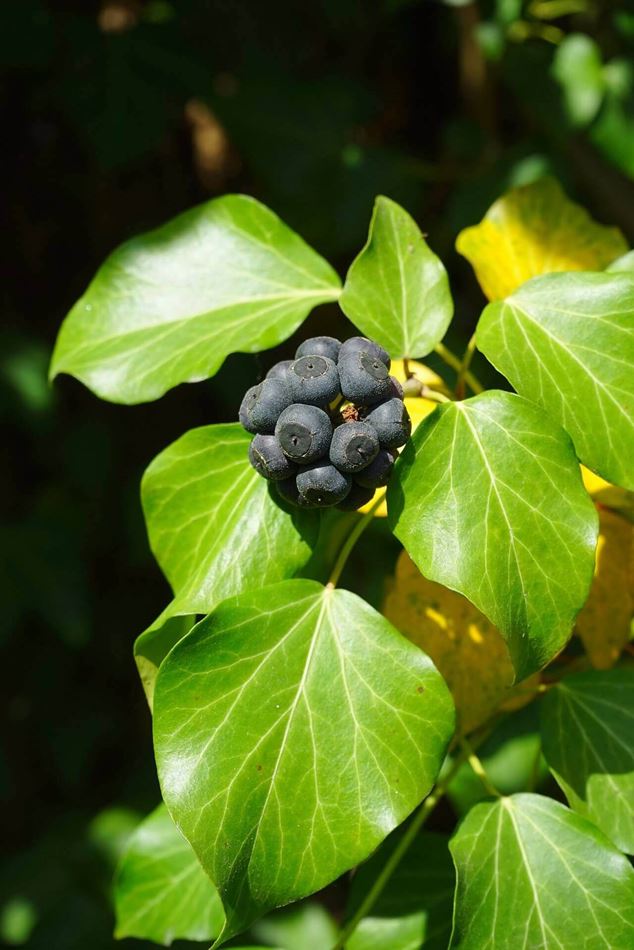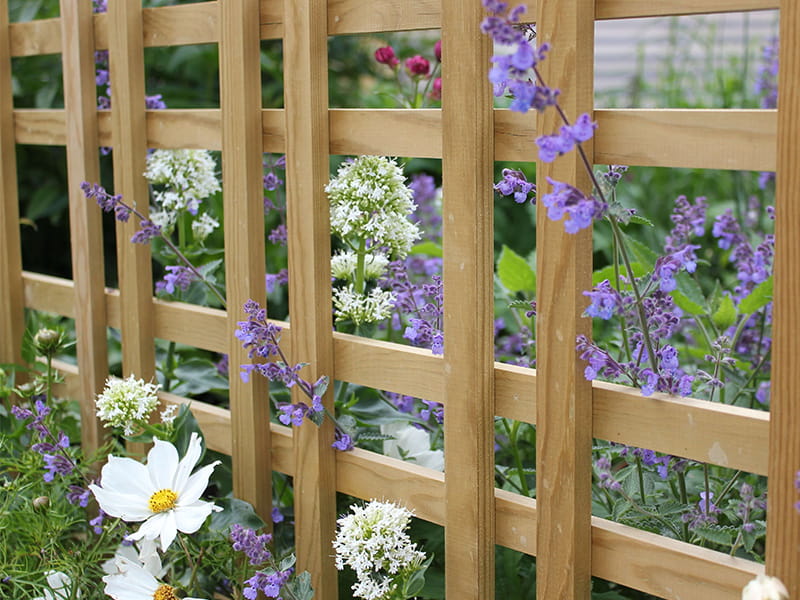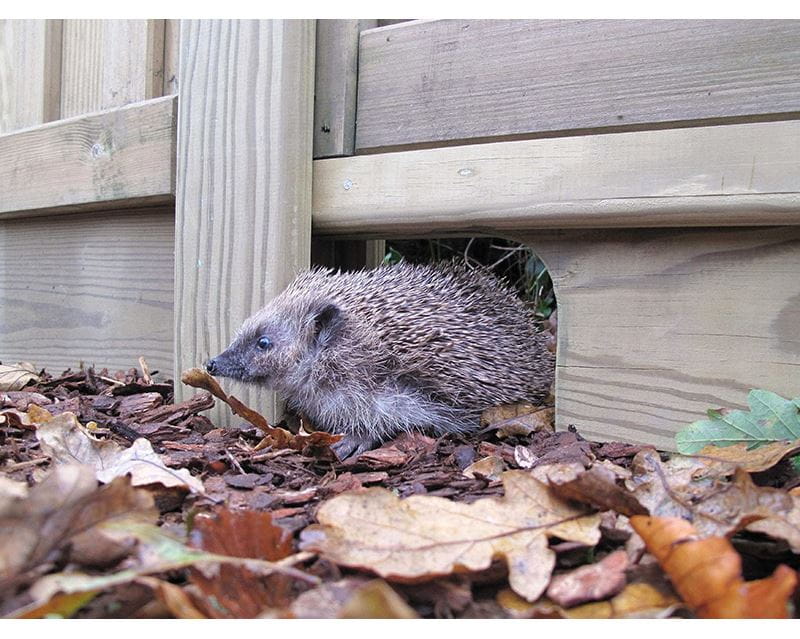24/11/2015 12:00 AM
A bleak winter is bad news for UK wildlife – a harsh winter means limited access to adequate food. Cold winters can make it harder for garden wildlife to find food and shelter, but small changes can make a big difference for the wildlife in your garden.
Feed The Birds
Providing food for birds during the colder winter months is one of the most helpful things you can do. Feeding birds throughout the winter not only helps them survive, it also enhances their breeding come spring. A good mixed feed will encourage most urban birds to gardens of any size. Feeding via bird tables or in feeders is preferred over feeding on the ground – as this can encourage vermin. Don’t forget to clean your feeders and tables regularly – feeding stations can transmit diseases between birds.
Unfortunately supplementary feeding doesn’t provide all the natural vitamins and proteins that birds need. Provide them with a natural source of foods too through lawns, shrubs and flowerbeds. Berries from trees and ivy, fallen apples and pears and seeds from thistles and docks all work well. Climbing plants on a trellis can also offer birds sheltered spots to rest while foraging. Visit The RSPB for full guidelines and advice tailored to your garden size area.

Water and Ice
It’s important to provide fresh, clean water this not only provides visiting birds the chance to drink and bathe – a shallow bowl of water on the ground will provide hedgehogs with a drink too. (But avoid milk, this can cause severe digestive upset for hedgehogs.)
If you have a garden pond, float a ball in the water when temperatures drop to prevent freezing. If your pond does freeze, do not try and smash the ice, as this will cause disturbing shock waves, dangerous for pond inhabitants.
While the colder weather is here, it's time to start thinking about spring planting. Help the pollinators with early bloomers such as daffodils, snow drops or magnolia which will provide them with food they need early on.
Deciding on plants that also provide pollen and nectar for as long a season as possible, to give wildlife the most opportunity to feed across the warmer months. Some examples of good plants are Crocus or Penstemons which are repeat flowering perennials.
Create Wildlife Homes
When you clear up the autumn leaves from all over your garden, don't throw them in your green bin, collect them in a corner or add them to your borders. Small mammals like hedgehogs will use the leaves to shelter from the cold. Leaves also make great mulch so add them to your borders which will in term feed earthworms and other grubs helping grow the wildlife in your garden.
Log piles and leaves, overgrown hedges and ivy, piles of bricks and pots all make great homes for your garden wildlife. These undisturbed areas of your garden provide the perfects nests for animals to rest, hide and hibernate. Collect twigs and logs and create an insects hotels.
Trellis with climbing plants can provide valuable cover during the colder months. Evergreen climbers such as ivy offer dense shelter for small birds to roost in, protecting them from wind and frost.

Hedgehog-friendly gardens
For hedgehogs especially who have now become an endangered in the UK, it's essentially to help them as much as we can in our gardens. Creating a hedgehog home is easier than you think, using wood to create a small box then cover with leaves and twigs to make an enticing home. Installing a hedgehog gravel board will also help hedgehogs or smaller wildlife move from garden to garden in search of food and mates.

Planting for wildlife
While the colder weather is here, it's time to start thinking about spring planting. Help the pollinators with early bloomers such as daffodils, snow drops or magnolia which will provide them with food they need early on.
Deciding on plants that also provide pollen and nectar for as long a season as possible, to give wildlife the most opportunity to feed across the warmer months. Some examples of good plants are Crocus or Penstemons which are repeat flowering perennials.
At Jacksons, we design fencing that’s built to last and can be adapted to help wildlife thrive. From hedgehog-friendly gravel boards to trellis panels for pollinator plants, our products create a safe haven for wildlife throughout the year. With durable fencing backed by a 25-year guarantee, you can be confident your garden will remain a secure and welcoming space for animals season after season.
Related content
Want to know how to make the most of your garden this winter. Read our blog.
Make the most of your garden this winter
Discover how wildlife-friendly fencing can help animals thrive while enhancing your garden’s beauty and biodiversity.
Our favourite gardening blogs.
Cattle farm choose Jacksons Fencing to keep cattle in.
When summer comes, bees are crucial to look out for. Learn how to make your garden more bee friendly.
